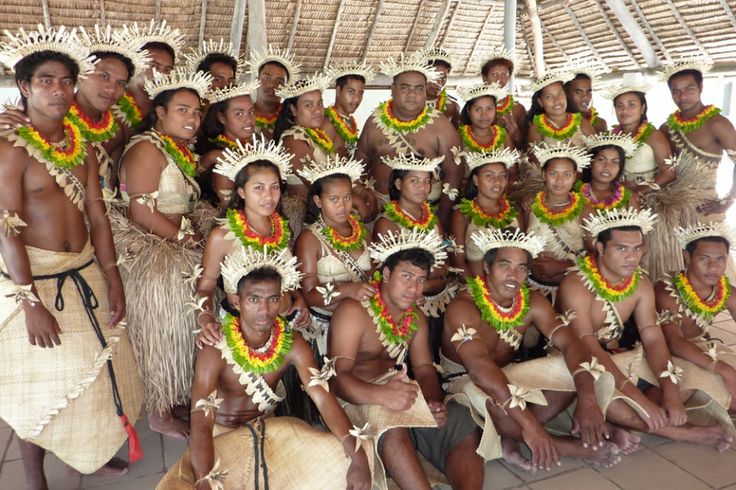modelcampusa.com – Kiribati, a nation of 33 atolls and reef islands in the central Pacific Ocean, is renowned for its rich cultural heritage, which is beautifully expressed through its arts and crafts. These creations are not only a testament to the creativity and skill of Kiribati’s people but also serve as a bridge between the traditional and contemporary worlds. This article explores the vibrant arts and crafts of Kiribati, highlighting both the traditional practices that have been passed down through generations and the innovative contemporary expressions that are emerging.
Traditional Arts and Crafts
The traditional arts and crafts of Kiribati are deeply rooted in the island’s culture and history. These crafts are often created using local materials and techniques that have been honed over centuries.
Wood Carving
Wood carving is a prominent traditional art form in Kiribati. Artisans skillfully carve wood from local trees to create a variety of objects, including canoes, masks, and figurines. These carvings often depict traditional motifs and stories, serving as a visual narrative of Kiribati’s cultural heritage.
Weaving
Weaving is another significant traditional craft in Kiribati. Using fibers from local plants, such as coconut leaves and pandanus, artisans create intricate mats, baskets, and hats. These woven items are not only functional but also adorned with patterns that reflect traditional designs and symbols.
Drums and Musical Instruments
The creation of traditional musical instruments, such as drums (te uka) and nose flutes (tipani), is an essential part of Kiribati’s cultural expression. These instruments are crafted from wood and other natural materials, and they play a crucial role in traditional music and dance performances.
Contemporary Arts and Crafts
While traditional arts and crafts continue to thrive, contemporary artists in Kiribati are also exploring new mediums and techniques to express their creativity. These contemporary expressions often blend traditional elements with modern influences, creating unique and innovative works.
Painting and Drawing
Contemporary painters and illustrators in Kiribati draw inspiration from their surroundings and cultural heritage. Their works often feature vibrant colors and themes that reflect the beauty of Kiribati’s landscapes, marine life, and cultural practices. These artists use both traditional and modern materials, such as canvas, paper, and digital media, to bring their visions to life.
Sculpture and Installation Art
Sculptors and installation artists in Kiribati are experimenting with new materials and concepts to create thought-provoking and visually striking works. These artists may incorporate traditional motifs and techniques into their contemporary pieces, bridging the gap between the past and the present.
Fashion and Textile Design
The fashion and textile design scene in Kiribati is also evolving, with designers incorporating traditional patterns and materials into modern clothing and accessories. These designers are not only preserving traditional weaving techniques but also adapting them to create contemporary fashion statements.
Conclusion
The arts and crafts of Kiribati are a vibrant reflection of the nation’s cultural heritage and contemporary creativity. From the intricate wood carvings and woven mats of traditional artisans to the innovative paintings and fashion designs of contemporary artists, these creations tell the story of Kiribati’s people and their enduring connection to their land and culture. As Kiribati continues to navigate the challenges of modernity, its arts and crafts remain a powerful expression of its identity and a bridge between tradition and innovation.
